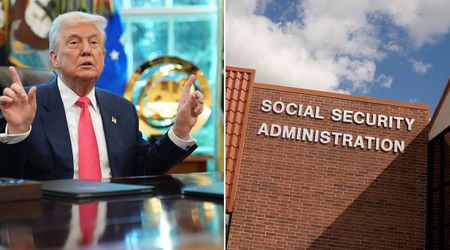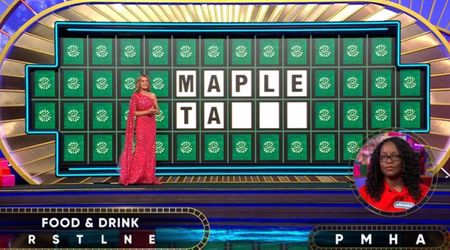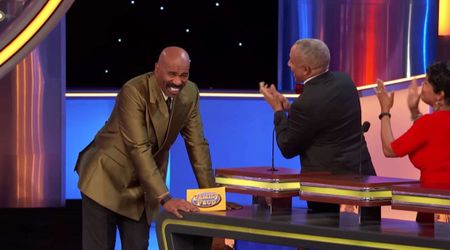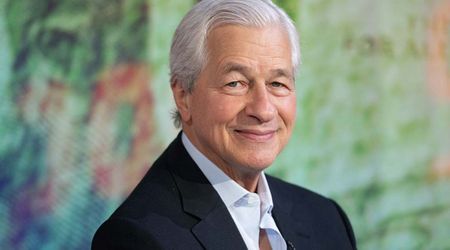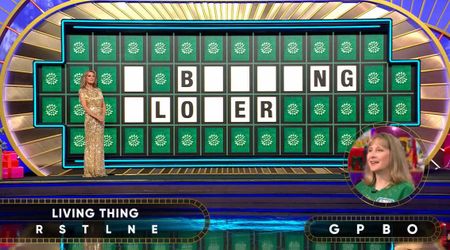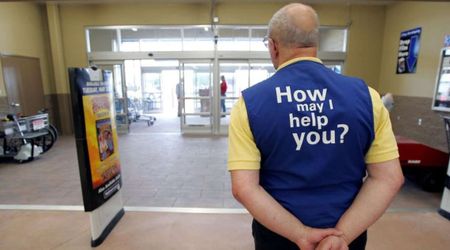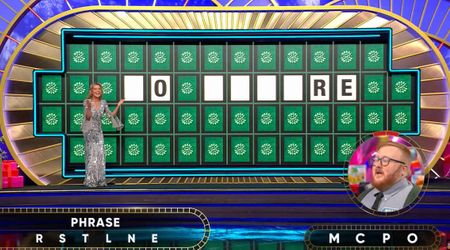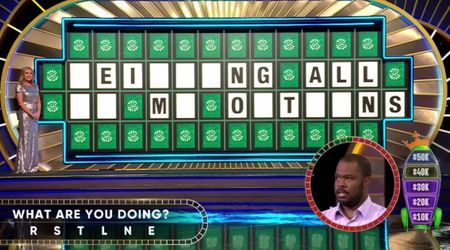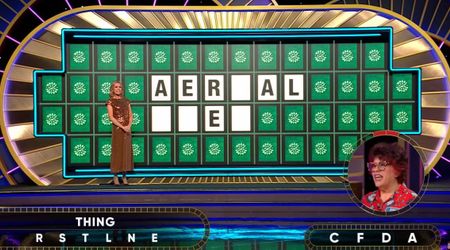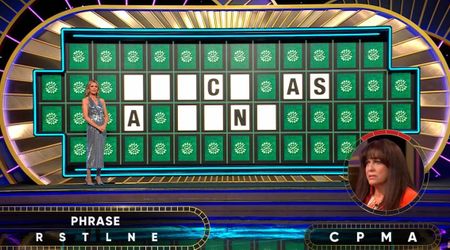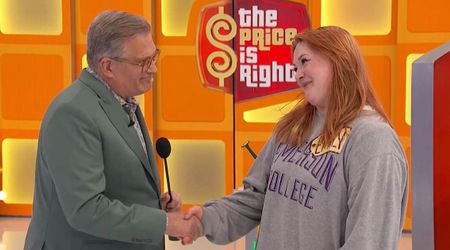'Pawn Stars' boss Rick Harrison had to reject this guest's item because it could 'bankrupt the shop'

Rick Harrison's eye for valuable artifacts and collectibles that he usually bags through shrewd negotiations is what made "Pawn Stars" popular globally. But sometimes, certain Holy Grail items turn up on the show, and some of them are too precious for Harrison. One such item was a clump of Indian Rupee coins minted in the 17th century, brought by a seller named Robert. They had sunk along with the treasure of the Taj Mahal, before being discovered by the famous author Arthur C. Clarke. While the pawn shop owner desperately wanted to buy the item, he had to let it go as its $700,000 price tag could bankrupt the shop.

In the episode, Robert confessed that he had previously put the item up for auction, but it didn't find any takers. Thus, he came to the pawn shop to try his luck. Opening the sunken treasure chest, Robert told Harrison that the clump of coins was minted in Surat, India, and they sank to the bottom of the ocean in 1702. They were finally recovered by Arthur C. Clarke and his dive partner, Mike Wilson. Clarke, who wrote books such as "2001: A Space Odyssey," was diving off the coast of Sri Lanka in 1963 when he recovered the treasure. The coins were minted in the early 1700s by the son of the man who built the Taj Mahal. "Man's name was Mohi-ud-Din Muhammad Aurangzeb Alamgir, otherwise known as Emperor Aurangzeb," the guest told Harrison.

"This is one of the most well-documented treasure discoveries in history. I've read books about this wreck. Ever since I started working in the pawn business, I've wanted sunken treasure. And this is the motherlode. I mean, I've had a few individual coins come in, but nothing like this," Harrison excitedly said in his interview. The guest further explained that the coins were headed to the Orient along the spice route, but the ship sank near Sri Lanka due to a typhoon. "The reason why they're in such good shape is that they were laying up against some iron object, most likely a cannon and the cannon oxidizes faster than the silver does, just like a sink on your boat does. So that's why the coins are touched," Robert explained.

Robert said that he did a documentary with Arthur C. Clarke, and his family consigned the item to him. He had all the paperwork, but he had so far not been able to find a buyer. "Everything he's telling me about this adds up with everything I've read. It's authentic. It's the real thing, and I cannot believe it is sitting in my shop," Harrison said, expressing his willingness to buy the item. He further acknowledged that the item was extremely rare, as the coins were naturally fused together. This made it unique, as most coins from the collection were sold individually.
But when Robert asked for $700,000, Harrison was blown away. "It's a lot of money," he said. While Robert reasoned that there were only two such items from the shipwreck available for sale, Harrison was hesitant to pay so much. "I really, really want this. I mean, this thing is truly incredible. But tying up 3/4 of a million dollars in one item, it could bankrupt this shop," he confessed.

He further told Robert that it would take him five to ten years to sell the item at the right price, which was a big gamble. Thus, he offered Robert $200,000, which was the best he could do. "I mean, there's some things even too expensive for me," he told the guest, who turned down the offer.
Harrison later revealed that he was a little relieved that he didn't pay $200,000 for the item. "I'm a little bit relieved because if I had to tell The Old Man I shelled out a quarter of a million dollars, he would have kicked my a##," he said in the end.

